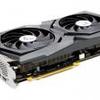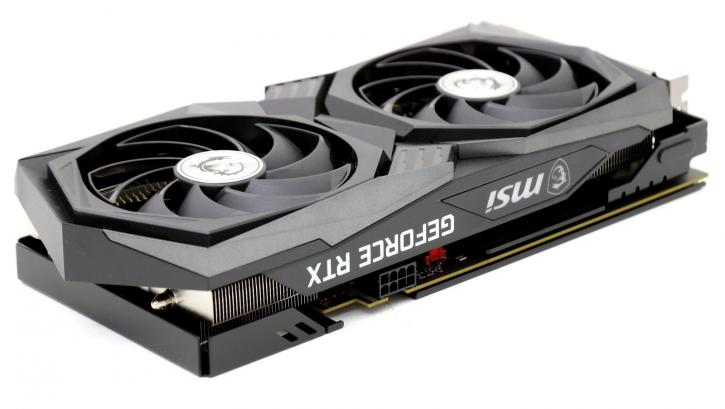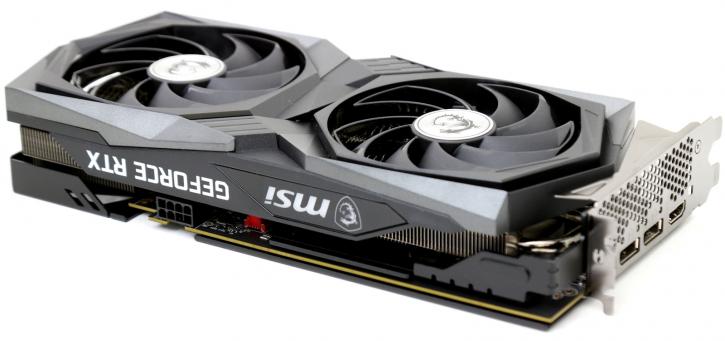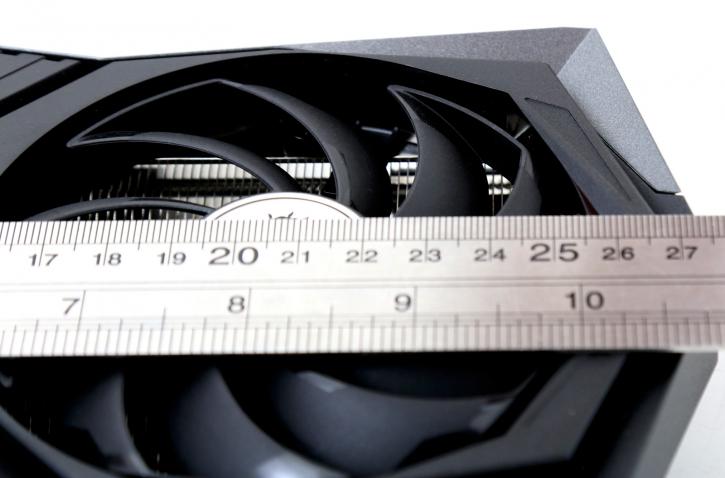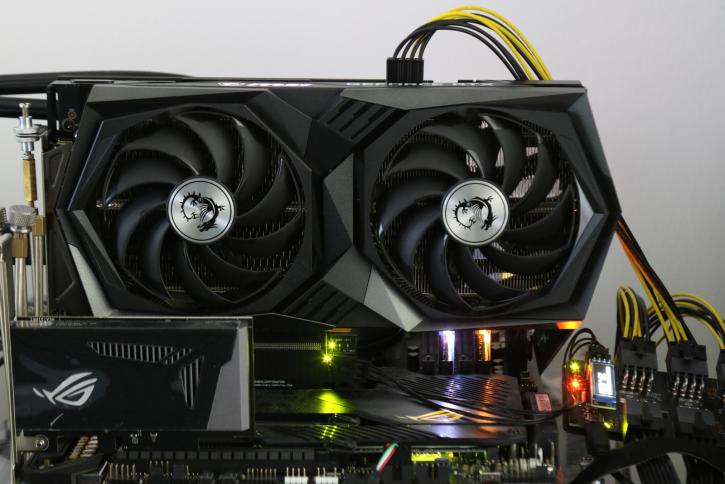Product Photos
Product Photos
The Ampere series replaces the Turing lineup, which will fade out of the market as these cards sit right on top of their prices yet are much faster.
- The reference 3050 cards have a peak boost clock up-to 1.77 GHz, with the base clock hovering in the 1.55GHz domain.
- The reference 3060 cards have a peak boost clock up-to 1.78 GHz, with the base clock hovering in the 1.32GHz domain.
- The reference 3060 Ti cards have a peak boost clock up-to 1.66 GHz, with the base clock hovering in the 1.41 GHz domain.
- The reference 3070 cards have a peak boost clock up-to 1.73 GHz, with the base clock hovering in the 1.50 GHz domain.
- The reference 3080 cards have a peak boost clock up-to 1.71 GHz, with the base clock hovering in the 1.44 GHz domain.
- The reference 3090 cards have a peak boost clock up-to 1.70 GHz, with the base clock hovering in the 1.40 GHz domain.
You will spot a single 8-pin power connector for this model. The IO panel shows display connectors, three DisplayPort 1.4, and one HDMI 2.1 connector that will bring 8K 60 Hz HDR to a single HDMI cable. The card is lightweight at almost 1kg. The card has a vented backplate and is sized closing in at 28 cm in length.
NVIDIA limited the PCI Express bus towards 8 lanes, so that's x8 PCIe Gen 4.0. This will not hinder performance at all at PCIe 4.0, At PCIe 3.0 however that might be a few % different. The BIOS offers fan stop in idle, meaning the card is passive (not fans spinning) when not utilized, and that brings you the fortunate effect of a silent product.
